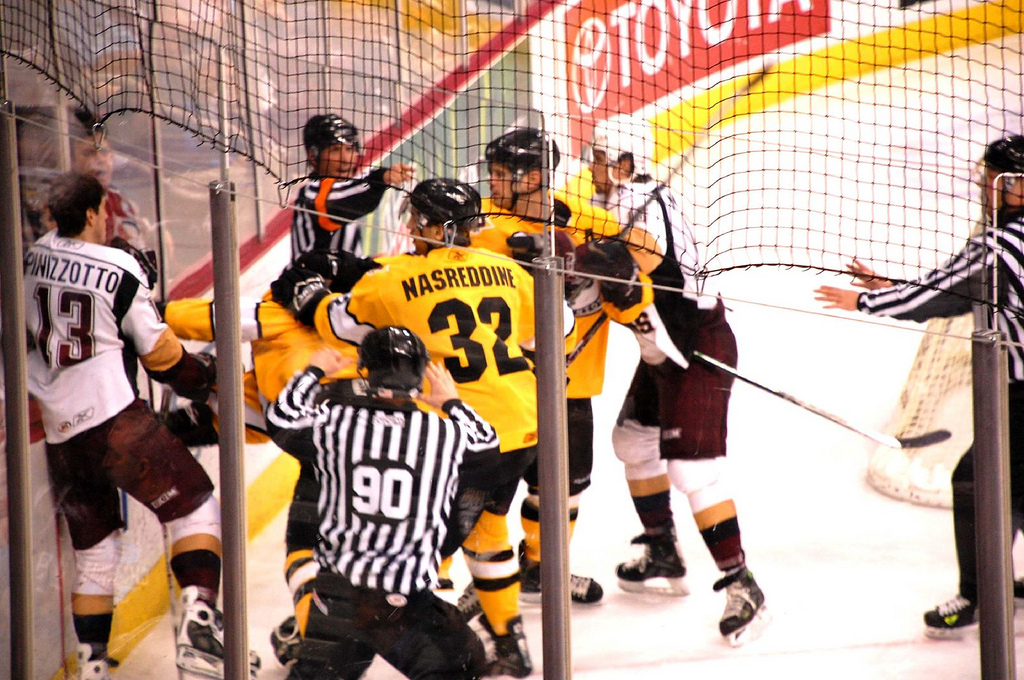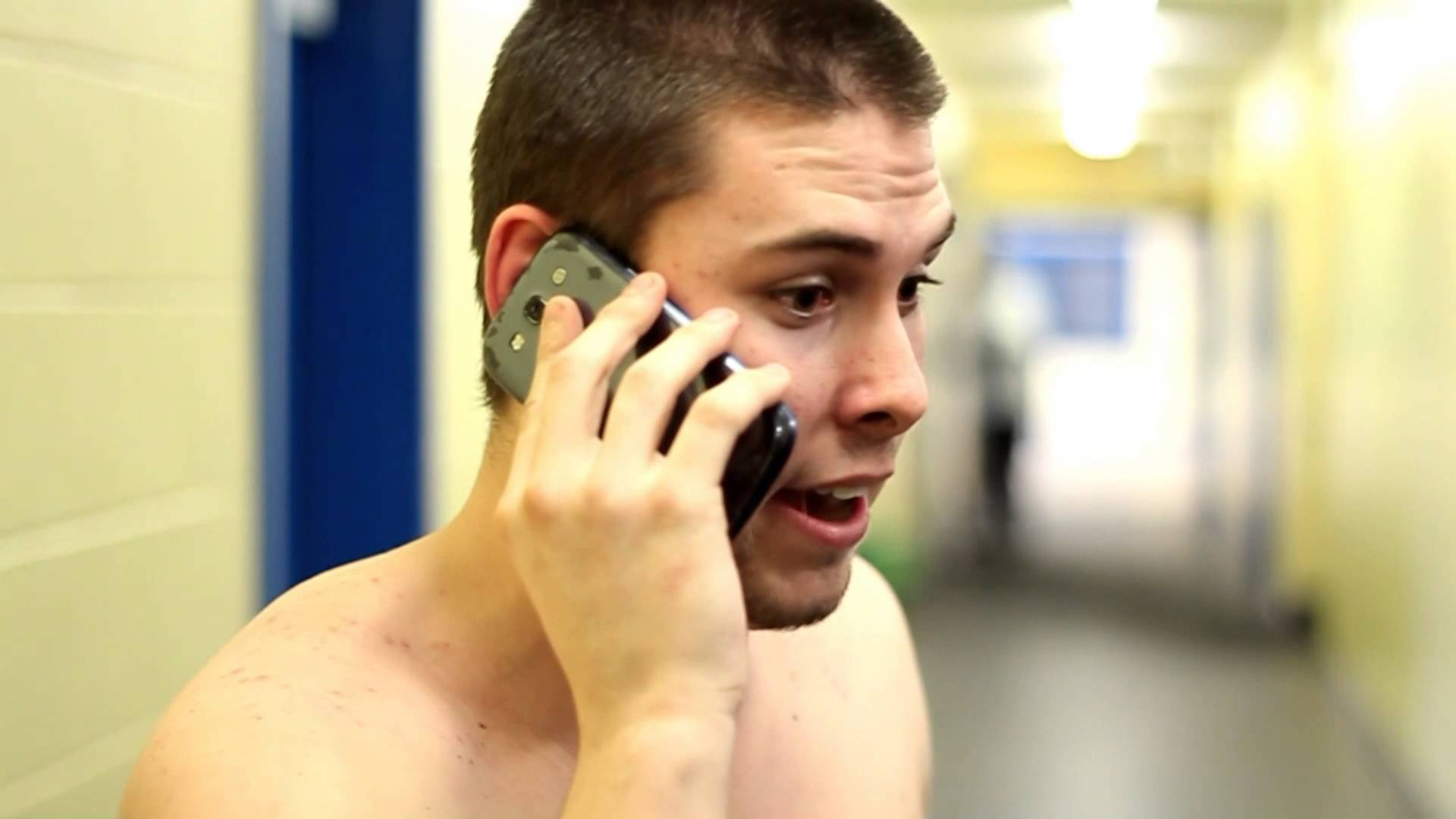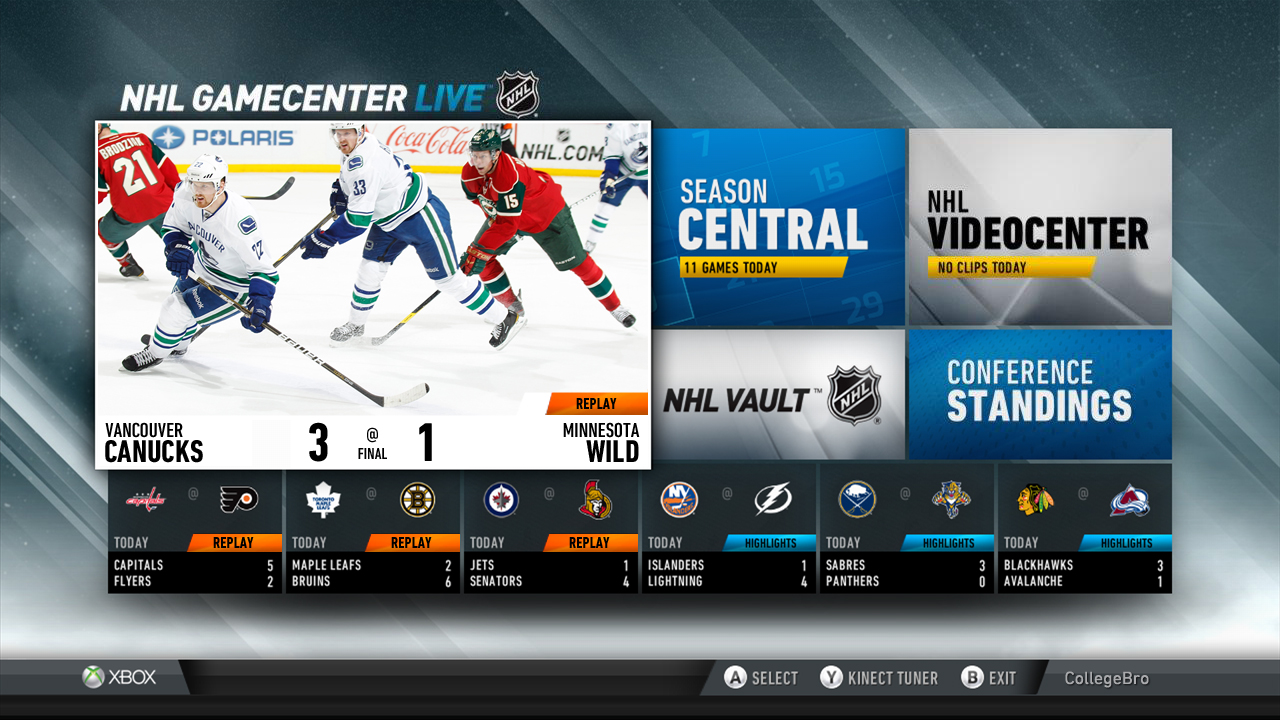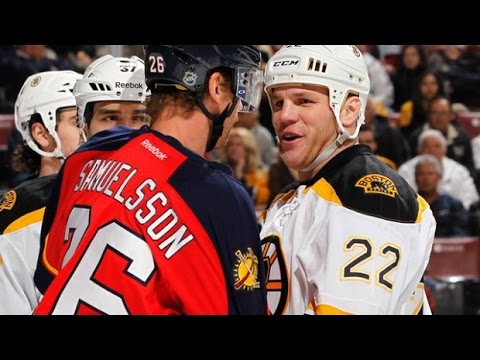Should fighting be removed from the NHL
Fighting in the NHL is an ongoing debate.
Purists argue that it is part of the game. And that it keeps players honest because dirty play is going to be taken care of on the ice. It is a detractor to nasty plays and players.
Detractors argue that it isn’t needed. Serves no purpose. Is a bad role model for our youngsters and isn’t needed (nor allowed) in any other professional fight.
We support it in the NHL and believe it will be here for awhile. (Frankly, the biggest threat is any link that can be established between fights and concussions…)
NESN reports that Bobby Orr supports it:
Orr believes there’s still a place for fighting in hockey. Arguably the greatest player of all time, Orr still keeps very close tabs on the way the game is played today. He knows there’s an anti-fighting groundswell, but if No. 4 had it his way, fighting would stay in hockey. “I believe that especially at the pro level you need to be held accountable for your actions, and the threat of a fight can accomplish that,” Orr says in his upcoming book Orr: My Story, according to an excerpt published on The Globe and Mail website.“The truth is, you couldn’t pull the gloves off certain players if a fight was in their future, yet many of those same players in the modern game take liberties with others simply because they can. That is not right, and players should not be allowed to have it both ways. It leads me to the notion of what is commonly referred to as the ‘enforcer.’” It must be said, though, that Orr isn’t a proponent of fighting in all of its forms. The Hall of Famer is against staged fighting and writes he’d even support a rule limiting the amount of fights per player, with supplemental discipline for anyone who surpasses that limit.However, Orr feels there’s a place in the game for enforcers. He sees that very specific role as a vital piece of the puzzle and considers their actions important for ultimately keeping the game safer. “Enforcers have a very practical role to play,” Orr wrote. “If the league really wants to see its stars shine, one of the best ways is to give them more time and space to be creative. And that is the enforcer’s job description.”
The Hockey News shares this in support of fighting (albeit from a balanced story):
If, as proponents argue, fighting diffuses ugliness in hockey and can prevent even worse infractions, that would bear out on the scoresheet. Which is kind of what happens when the NCAA and CHL are compared. Despite the fact college players are slightly older on average (and therefore, you would think, a little less rash and emotional) than their major junior counterparts, there are more dirty penalties called in NCAA games than in major junior contests. So if you’re looking at things like spearing, hitting from behind, hits to the head, boarding, elbowing or charging, there is a slightly better chance you will see it in a college game than in a major junior tilt.
As an exercise, a random weekend was chosen (late February 2014) and games from Hockey East, the NCHC and ECAC were analyzed for the aforementioned penalties. The same was done for games in the OHL and Western League, and there were a slightly greater number of calls in college – 51 in 30 games vs. 47 in 34 major junior games, to be precise. So is NCAA hockey dirtier than major junior? Michael Sdao is an Ottawa Senators pick who plays for AHL Binghamton, where he acts as a defensive defenseman and a nuclear option when the team needs him. He’s also a Princeton University grad, following past Tigers tough guys such as Westgarth and Parros. He has played with and without fighting in his young career.
“In college, guys are running around a bit more,” he said. “I wouldn’t say it’s more or less dirty…Fighting may keep players a bit more honest.”
Hooked on Hockey says that fighting needs to be removed:
Any perceived energy boost that comes from a scrap can be gained from a good, hard hit. But therein lays the issue with the culture of the game in 2014: it’s almost impossible to throw that type of hit without paying the price. And what if a player happens to get knocked out? How quickly the mood can change.
Plus, all that face punching leads to another issue: brain health. For a league that constantly vocalizes its desire to improve player safety, turning a blind eye to all of the readily available information on repeated head trauma is more than a little contradictory to its message. And it’s a lot easier to stop two players from punching each other than it is to prevent head shots.
To put it in terms the NHL cares about, the bottom line stands to face more negative effects through inaction than action. The league can either take the chance on losing money from a few hundred to a few thousand fans by removing fighting, or risk facing expensive lawsuits down the road from former players for being neglectful of their health.
What say you?
Image courtesy of Teka England.




Pingback:[VIDEO] The last bench-clearing brawl in the NHL during live play – Hockey Squawk
Pingback:Ice Guardians: The Role of the Hockey Enforcer – Hockey Squawk